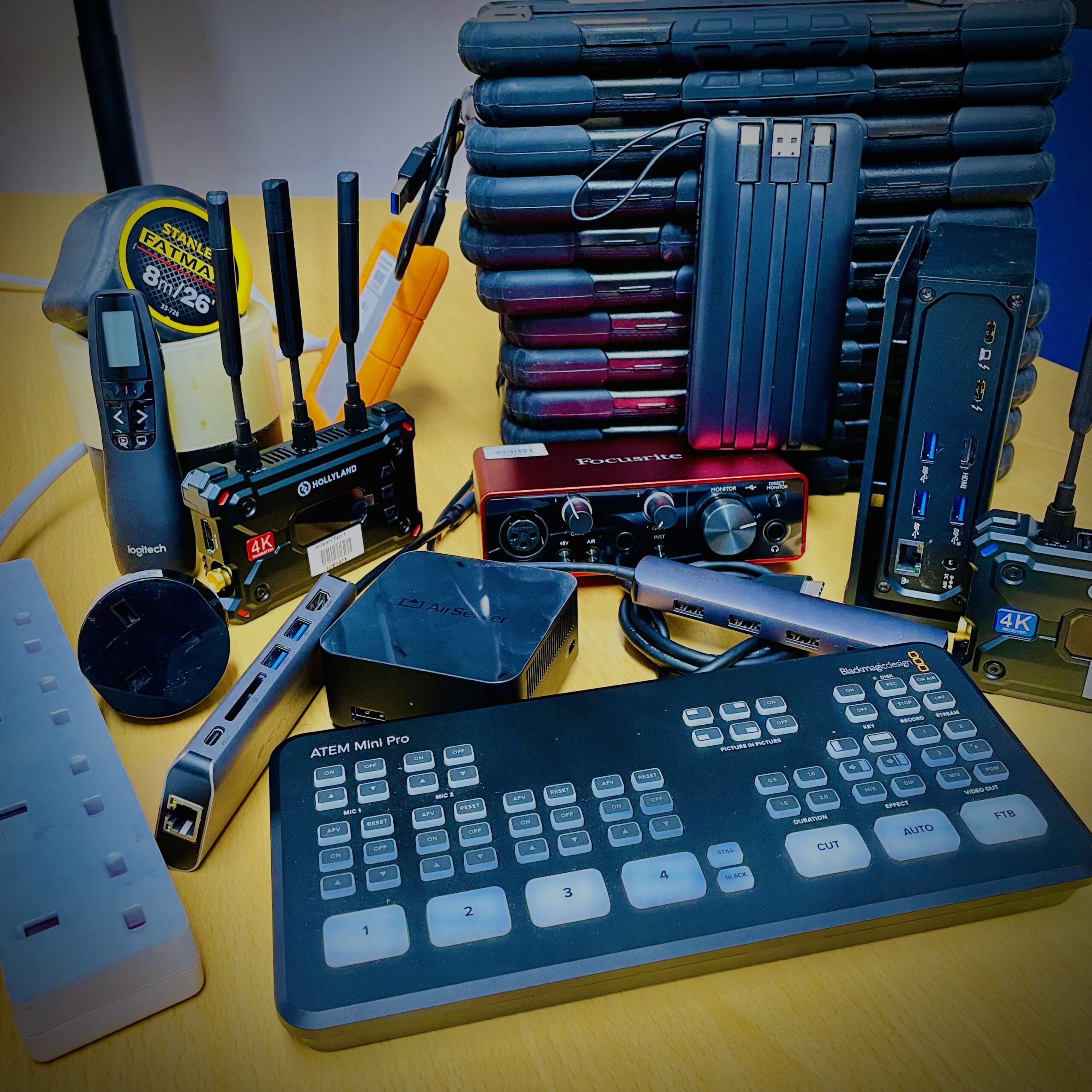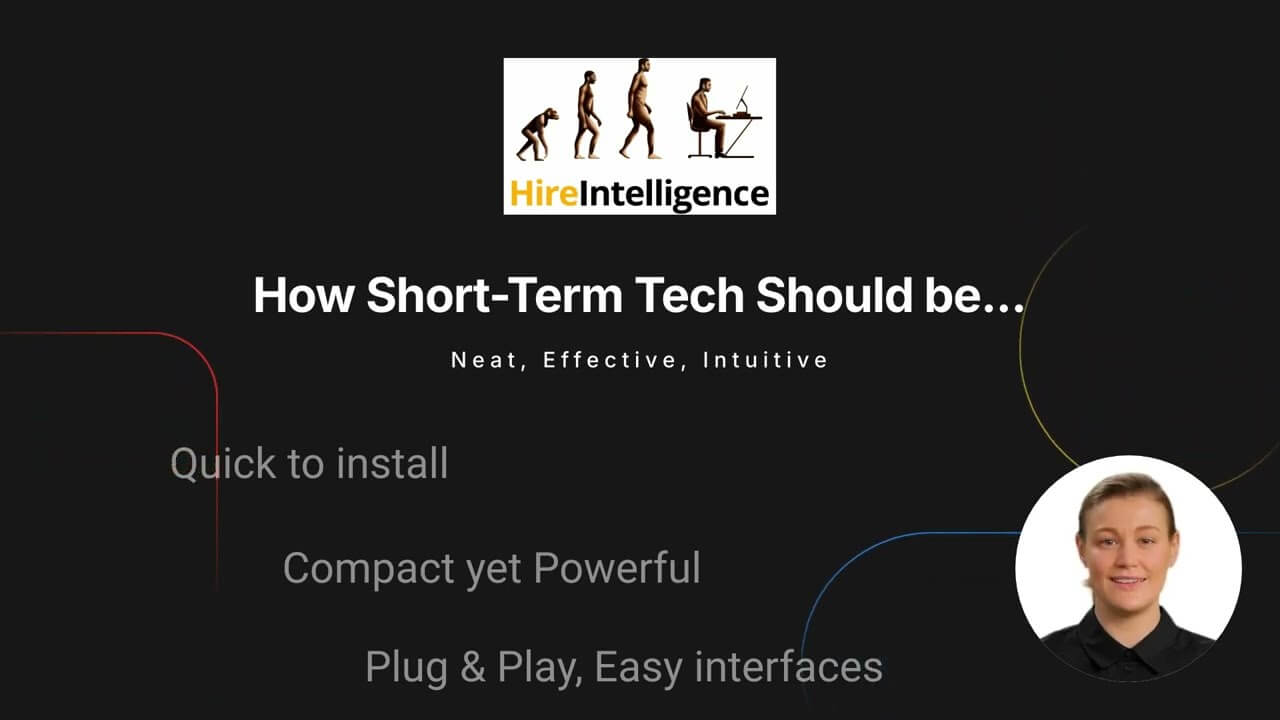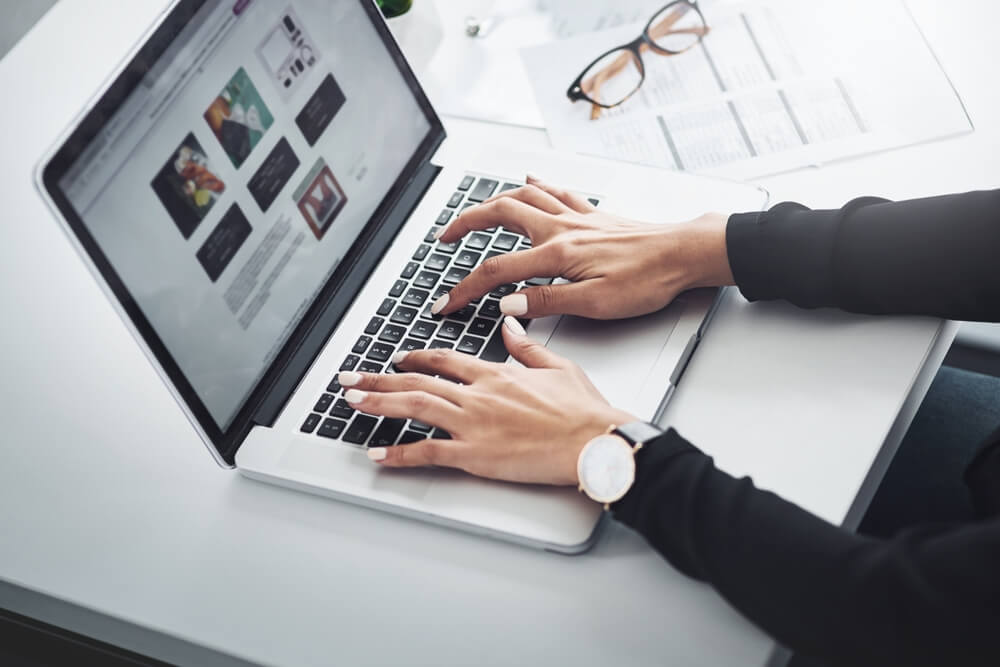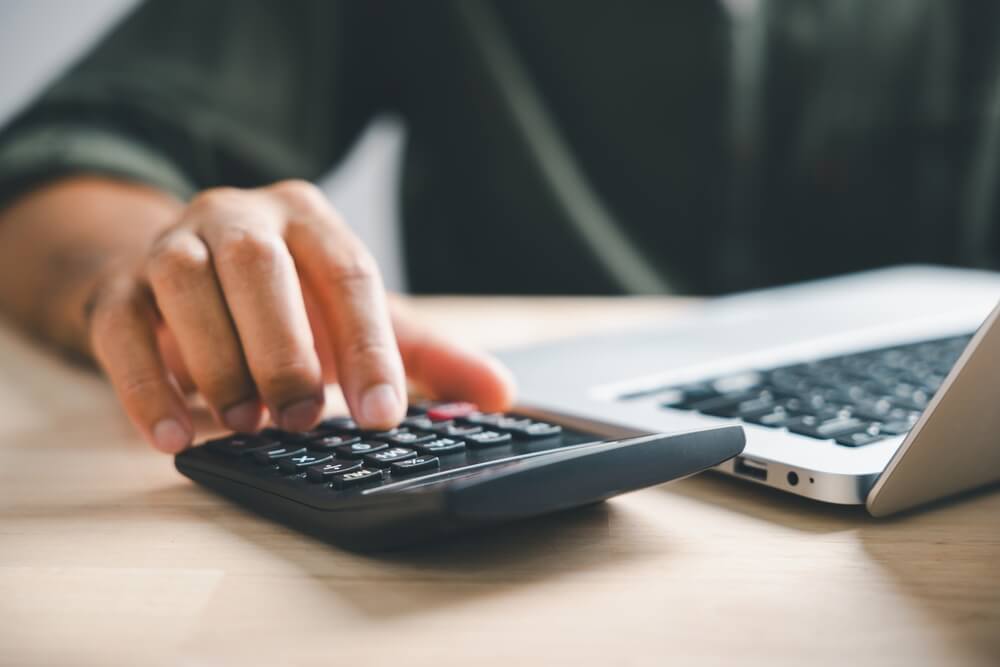In a digital world, great photos have never been more important. For ecommerce brands and online stores, for example, images are the only way consumers can ‘see’ a product before they buy it.
Globally, the demand for photo editing services is rising steadily. Corporates may hire their own in-house photo editor, or outsource their work to a photo editing agency or freelancer.
Working as a professional photo editor (or simply dabbling as a hobby or a side hustle) can be extremely rewarding – but as with any trade, you need the right tools!
- Is a laptop or a tablet better for photo editing?
- How much RAM and storage space does photo editing require?
- Is a dedicated graphics card important for photo editing?
Read on to find the answers to all these questions, in our step-by-step guide to choosing the right laptop or desktop for photo editing
How to find the best computer for photo editing
Below, we’ll look at the main specs to consider in a good laptop or PC for photo editing.
Always remember that different photo editing programmes have their own system requirements. If you have preferred software that you like to use, make sure to check out the developer’s recommended system requirements to avoid disappointment.
Later in this article, we’ll take a brief look at some of the most popular photo editing apps and what hardware you’ll need to get the most out of them.
Processor / CPU
As the ‘brain’ of your laptop, the CPU is what does most of the heavy lifting in photo editing work. Our advice is to go with the best processor, with the highest number of cores you can afford, especially if you work with high-resolution photos.
Many professionals prefer a desktop as the best computer for photo editing, because desktop CPUs generally offer increased processing power for what you pay. However, if portability is a concern, it’s definitely possible to get a photo editing laptop with a powerful enough CPU.
Hard Drive
The amount of hard drive space you require really depends on how many image files you intend to store on your device. Professional photographers may end up with literally thousands of high-resolution photos they need a home for. However, external drives for storing files in the long-term have become extremely affordable, and there are always cloud storage options as well.
To play it safe, we believe the best laptop for photographers should have a solid-state drive (SSD), ideally with a 2 TB (2048 GB) hard drive or larger.
RAM
The more RAM (or random access memory) you have available, the faster your photo files will process, and the more instructions your photo editing software will be able to handle at once without lagging. As a general rule of thumb for photo editing, we’d suggest a minimum of 8 GB, ideally 16 GB RAM or more, to give you the best PC for photo editing.
Graphics Card / GPU / VRAM
This requirement is particularly software-specific. Some photo editing programmes, like Adobe Lightroom, require a dedicated 4 GB of VRAM if you want to work with 4K+ photos. More basic software and free programmes like GIMP or NCH PhotoPad can run with the onboard (integrated) graphics you’d find on an entry-level laptop.
If you’re serious about photo editing, play it safe and go for at least 2 GB of VRAM, which will allow you to work on detailed scenes.
Screen Size and Resolution
While a large, high-resolution screen sounds great on paper, remember that in the case of a laptop, it also means the device becomes less portable. For photographers who travel a lot and like to work on the road, that can become problematic.
Generally, the best laptop for photographers falls within the 13″ to 15″ range – large enough to see detail without sacrificing mobility. Remember, you can always connect your laptop to a really great monitor once you’re back in your permanent workspace.
Ports
Another consideration for photo editors is the number and types of peripherals you want to plug into your laptop – cameras, external screens, memory cards and hard drives, input devices like your mouse and keyboard, etc. If you’re not a fan of adaptors, try to find a laptop with enough built-in ports to do the trick.
If you decide to opt for an all in one PC for photo editing, remember there are usually ports both behind and on the sides of the PC.
Operating System
When it comes to photo editing, whether you go with Microsoft Windows or Apple macOS has really become a case of personal preference. You’ll find virtually all good photo editing software programmes are compatible with both. While Windows laptops tend to be better value for money in terms of power, if you’re a Mac loyalist, you may feel the time re-learning a new system outweighs that benefit. It’s totally up to you!
Laptops vs desktops vs all in one PCs vs tablets for photo editing
Is a laptop or a desktop better for photo editing?
The fact of the matter is that both laptops and desktop computers have pros and cons when used for photo editing. In determining which option suits your needs best, you have to take a good hard look at each.
Here are the advantages of a desktop PC for photo editing:
- Desktops (usually) have more features and power.
- A desktop computer gives you the option of choosing your own mouse and keyboard.
- Desktops can be coupled with large, high-res monitors that are ideal for photo editing.
- As a rule of thumb, desktop computers are less expensive, so all-in-all, they offer better value for your money.
- Desktops are generally also easier and cheaper to upgrade and repair.
- As desktop computers are more cumbersome, they generally carry a lower risk of theft, so you run less risk of having to replace your computer and losing valuable data.
Now let’s look at the advantages of a laptop computer for photo editing:
- Laptops are smaller and lighter, so easily transportable, and they can be used almost anywhere.
- They take up less room on any surface and can be stored away when you’re not working.
- Laptops normally have just a single cord to deal with as opposed to the multiple cords of desktops and their peripherals.
- If you do a lot of travelling in the course of your work, as photographers often do, a laptop would be a self-evident choice for you.
Whilst the balance seems to be weighted in favour of the desktop as the best computer for photo editing, the factor that often tips the scale is portability. If you constantly need your PC out-and-about with you in the course of your work, a laptop or tablet is the logical choice.
And remember, back at your main workstation, you can always pair up your laptop with a high-res monitor, a good keyboard and mouse, and even an external hard drive. In essence, the choice generally boils down to portability as opposed to cost and functionality. It ultimately depends on what works best for you.
What about an all in one PC for photo editing?
In an all-in-one PC, all the computer ‘gubbins’ are fully incorporated into the monitor/screen, making it an interesting alternative to the traditional desktop tower and freestanding screen. And, with computer components getting both thinner and yet still more powerful, all in one computers can be used for photo editing.
However, to enable you to decide if the best all-in-one desktop for photo editing would suit your needs, you have to look at its main pros and cons:
Pros:
- It has a sleek design and aesthetic appeal.
- There are fewer cables to connect, especially if you use a wireless keyboard and mouse.
- All parts and components are ‘in tune’.
- It really looks stylish and organised.
- You need less space, making it possible to use where a traditional desktop setup wouldn’t work comfortably.
But now for the cons:
- Upgrading is more difficult.
- If something breaks, you often have to replace everything.
- They can be really expensive, especially considering the processing power you could have with a traditional photo editing desktop or laptop for the same price.
Tablets for photo editing
Whilst tablets are not generally capable of providing all the functionality you get from a laptop, it’s important to point out that there are plenty of great tablets which can be used for basic photo editing.
Tablets and hybrid devices are becoming increasingly powerful, with ever-better screens and capabilities. The new iPad Pro even comes preloaded with Adobe Fresco, and has a compatible Photoshop app.
So, while we wouldn’t recommend them as standalone devices for professional photo editors, (at least not yet!) adding a tablet to your creative arsenal could be a great investment.


iPad Pro 2021
- Ground-breaking Apple M1 chip with advanced image signal processor
- 8‑core GPU
- Liquid Retina XDR display with 1,000,000:1 contrast ratio, great for viewing and editing HDR photos
- Photoshop-compatible
Choosing the best laptop for your photo editing software
Finally, don’t forget to make sure the laptops you consider match the system requirements of your favourite photo editing programs. Here are a few examples of popular photo editing programs and their minimum and recommended specs:
| Software | OS | Processor | RAM | Graphics Card |
| Adobe Photoshop CC 2021 | Windows, macOS, iOS (iPad only) | Intel or AMD 64-bit, 2 GHz or faster | 8 GB | 2 GB |
| Adobe Photoshop Lightroom Classic | Windows 10 or later, macOS Mojave or later | Intel or AMD 64-bit, 2 GHz or faster | 8 GB minimum, 16 GB recommended | 2 GB VRAM for standard displays, 4 GB VRAM for 4k or higher |
| Affinity Photo 1.8 | Windows 10, Windows 7 SP1, Windows 8.1, macOS 10.9 to 10.14 | 64-bit | 2 GB minimum | Not required |
| Luminar AI | Windows 10 (64-bit only), macOS 10.13.6 or higher | Windows: i5 or better, AMD Ryzen 5 or better Mac: Intel Core i5 or better, Apple M1 chip | 8 GB minimum, 16+ GB recommended | Integrated graphics card |
| DxO PhotoLab 4 | macOS 10.14.6 (Mojave), 10.15 (Catalina) or 11.0 (Big Sur), Windows – 8.1 supported, 10 version 2004 or later recommended | Intel Core™ i7 4th generation or higher recommended | 8 GB minimum, 16 GB recommended | Graphics card with 512 MB of video memory for handling GPU acceleration |
For instance, a decent budget laptop for Photoshop could have 8 GB of RAM and 2 GB of VRAM, while the best laptop for Photoshop will have 16 GB of RAM, and 4 GB of VRAM.
Our picks for the best laptop for photo editing in the UK:
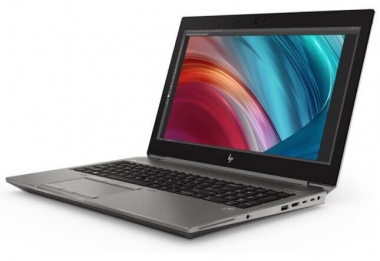
HP Zbook Mobile Workstation
- Super powerful i9-9880 8Core processor
- 32GB RAM
- Nvidia Quadro T2000 graphics
- 2 USB C and 2 USB 3.0 ports for all your photography peripherals
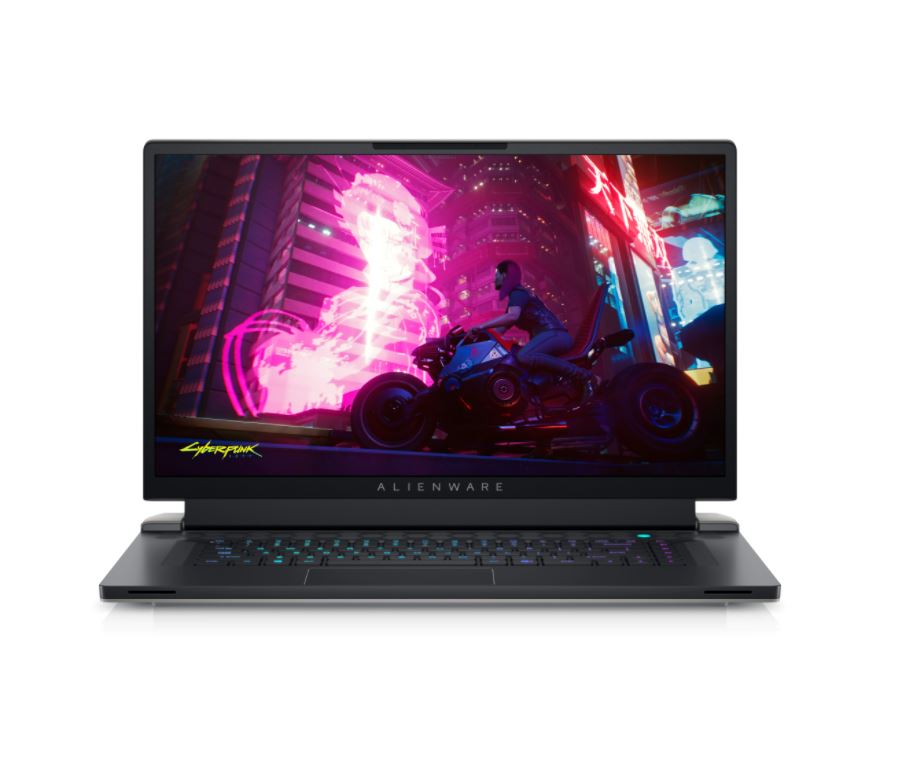
Dell Alienware X17
- Unbeatable Nvidia RTX3080 16GB graphics card
- 8-core intel 11th Gen i9 processor
- 32GB of RAM
Our pick as the best desktop for photo editing
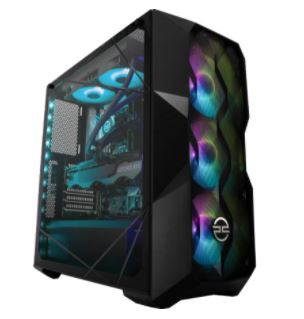
The i9 RTX3080Ti Workstation
If you’re looking for the kind of power you’d expect from one of the leading PC brands at a fraction of the cost, then this versatile photo editing desktop is ready to deliver! And with 12GB of VRAM, this desktop is just as good for gamers as professional photo editors and creatives. Also, it looks really cool.
- CPU: i9-11900K
- GPU: RTX 3080Ti 12GB
- RAM: 32GB (Upgradeable)
- Storage: 2TB HDD + 1TB SSD
Best external monitor for photo editing:
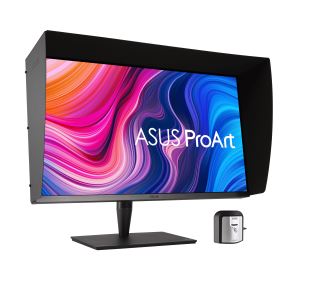
32″ ASUS ProArt Display Monitor
- Windows and Mac compatible
- Industry-leading colour fidelity
- Supports HDR Formats
- Peak Brightness of 1600 nits (1000 sustained)
- Pre-calibrated with X-rite i1 Display Pro
Rent the best photo editing laptops, desktops, all in one computers, and tablets from Hire Intelligence
One of the biggest challenges for creative professionals like photo editors is trying to keep pace with technology! Not only is sourcing the latest equipment challenging, but it also quickly becomes very expensive to continually replace your old tech with the newest models. And if something goes wrong, you’re left without the tools you need to perform your work.
When you rent a photo editing laptop or desktop computer for photo editing from Hire Intelligence, all this is taken care of for you! We’ll help you select the best model for your needs, and offer ongoing technical support and advice – all at an affordable rate. Best of all, it’s simple to upgrade to the very latest and greatest tech whenever you need to.
Ready to get started?
Take a look at some of our amazing photo editing laptops and tablets available for hire, or get in touch for personalized assistance and expert advice.



